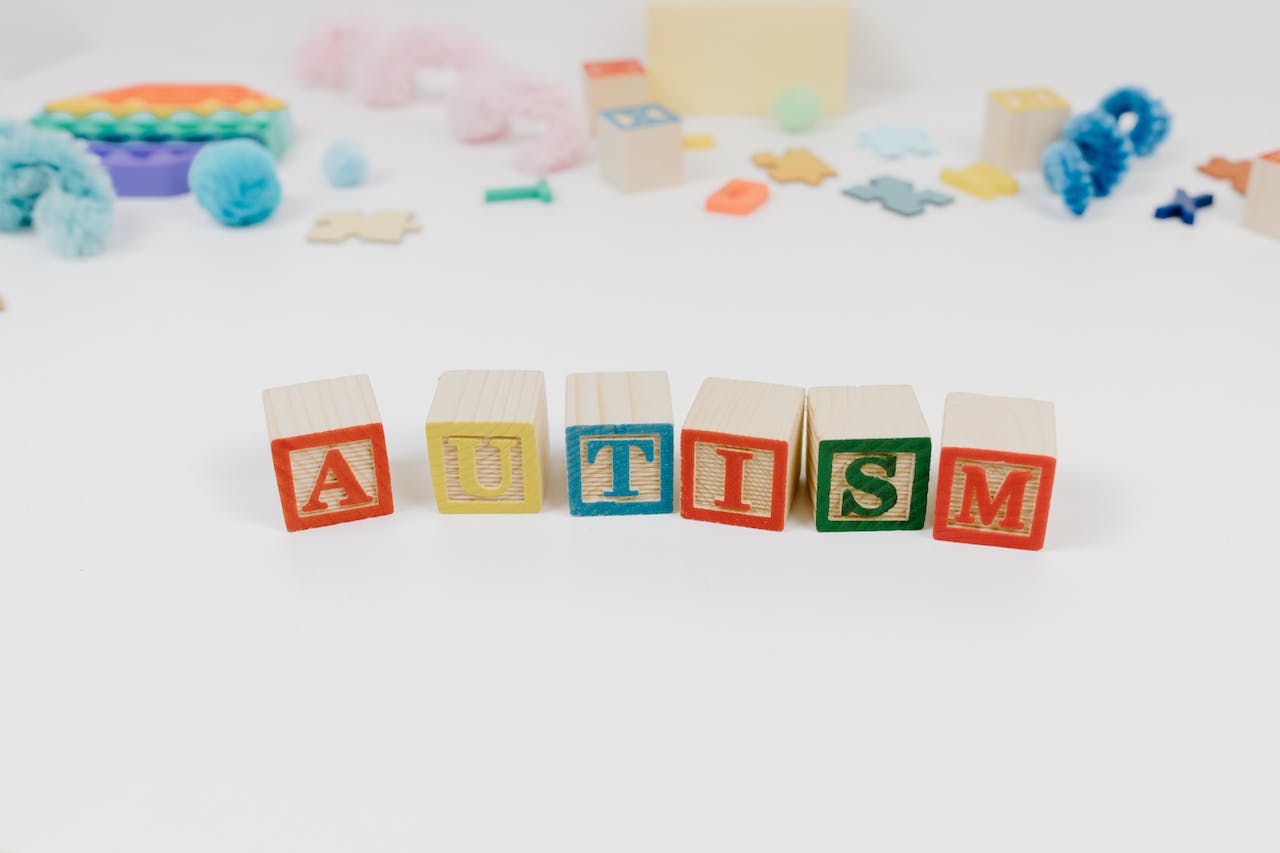Thanks to increasing acceptance, awareness and improved support networks within the education system, many children with autism are able to access their education via a mainstream setting. However, there’s still much work to be done to change perceptions and improve alarming statistics — for example, only 16% of autistic adults in the UK are in full-time paid employment.
Teaching children with autism is an extremely rewarding experience. Each pupil is unique in their own way, with their own individual needs, strengths and differences. However, most pupils on the autism spectrum are vulnerable to high levels of stress and anxiety. With the right levels of understanding and support, we can reduce this anxiety and provide more opportunities for them to manage their behaviour and function in the real world.
Over 700,000 people in the UK are on the autism spectrum, and many myths surrounding the disorder still persist. But it’s vital to remember that autism is a lifelong condition and there is no cure. Providing the right support at the right time, therefore, can have an enormously positive impact on the lives of autistic children — enabling them to fulfil their potential and prepare for a bright future.






